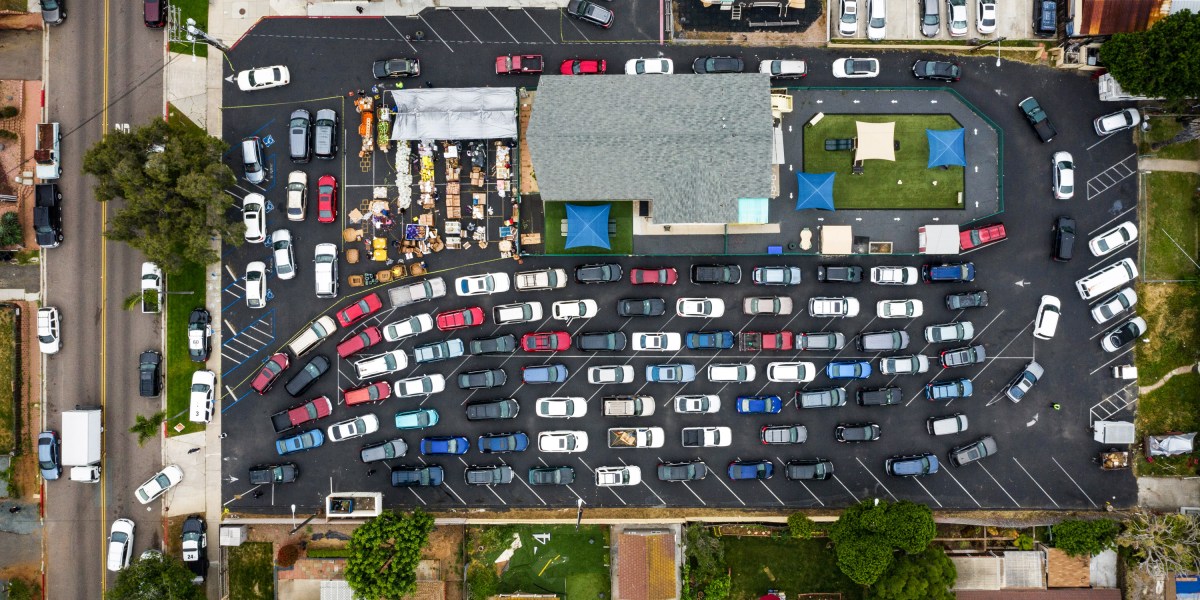
Chula Vista was the first police department to be awarded such a waiver. Now roughly 225 departments have them, and a dozen of those, including Chula Vista’s, operate what are called drone-as-first-responder programs, where drones are dispatched by pilots, who are listening to live 911 calls, and often arrive first at the scenes of accidents, emergencies, and crimes, cameras in tow.
The FAA is widely expected to fully legalize BVLOS within the next few years, which would make it easier for other such programs to launch; the sheriff-elect in Las Vegas, Nevada, already announced plans to pre-position hundreds of drones citywide to respond rapidly to crimes and shootings. New technologies such as autonomous flying, where drones can fly pre-programmed routes or respond to commands without the need for human operators, aren’t far away.
“This is rapidly escalating,” says Matt Sloane, founder of Atlanta-based Skyfire Consulting, which helps train law enforcement agencies on the use of drones. “Police departments are steadily growing their budgets for this technology. I think we’ll see autonomous deployment within two to three years.”
Many argue that it’s happening too fast. The use of drones as surveillance tools and first responders is a fundamental shift in policing, one that is happening without a well-informed public debate around privacy regulations, tactics, and limits for this technology.
There’s also little evidence available on the efficacy of policing in this fashion. Among the experts I reached out to for this story—including officers in Chula Vista, recognized for having the nation’s longest-running drone program, as well as vendors and researchers—none could point to a third-party study showing that drones reduce crime. Nor could anyone provide statistics on how many additional arrests or convictions came from using the technology. Typically, departments have argued that when crime declines, any technology that was in use played a part. But without specific stats or analysis to connect, say, drones to the improvement, it’s a case of correlation, not causation.
As the technology continues to spread, privacy and civil liberty groups are raising the question of what happens when drones are combined with license plate readers, networks of fixed cameras, and new real-time command centers that digest and sort through video evidence. This digital dragnet could dramatically expand surveillance capabilities and lead to even more police interactions with demographics that have historically suffered from overpolicing.






